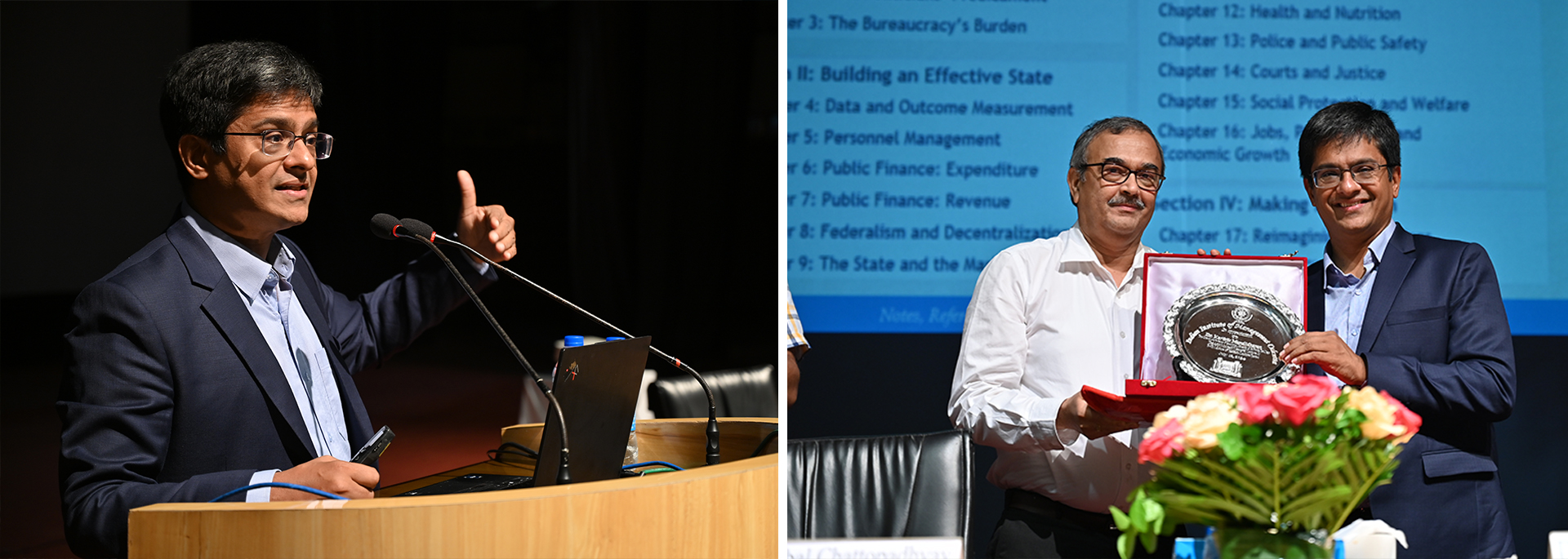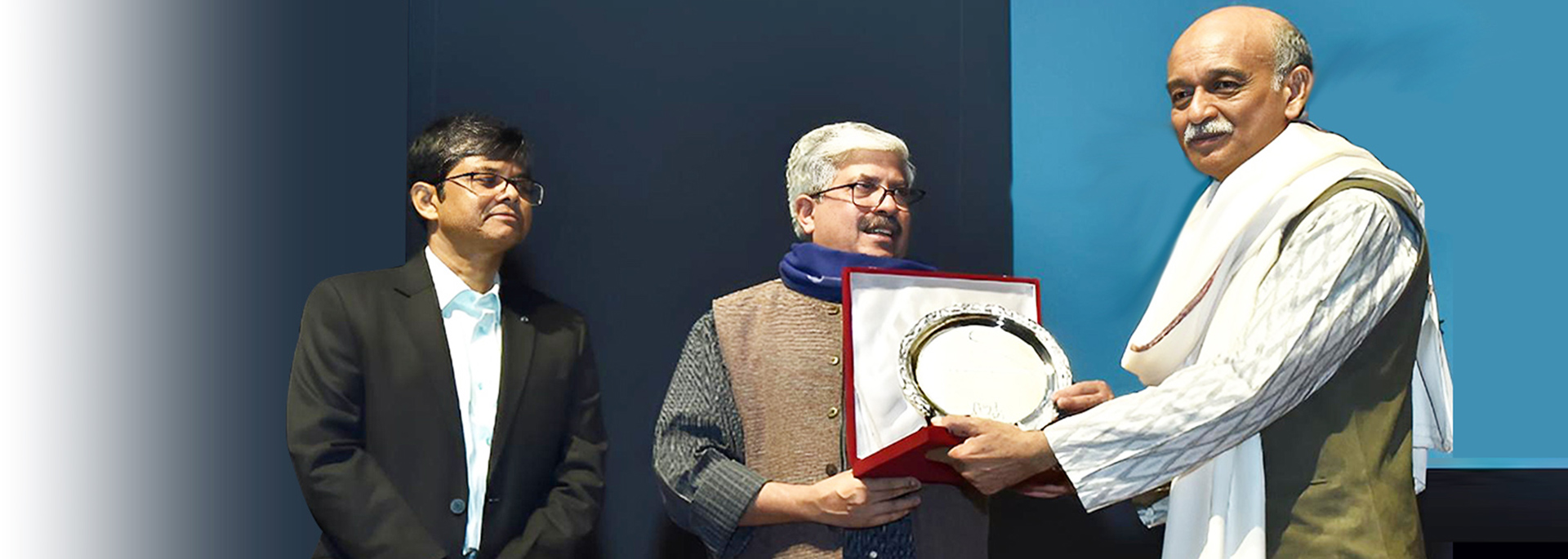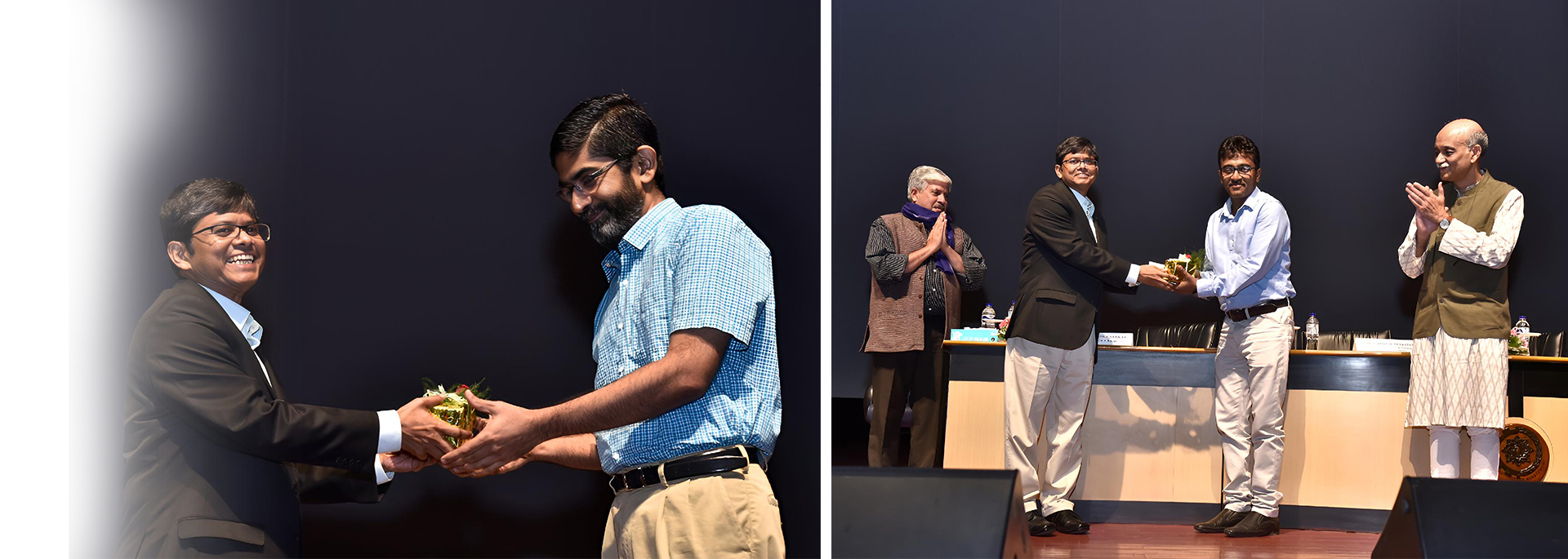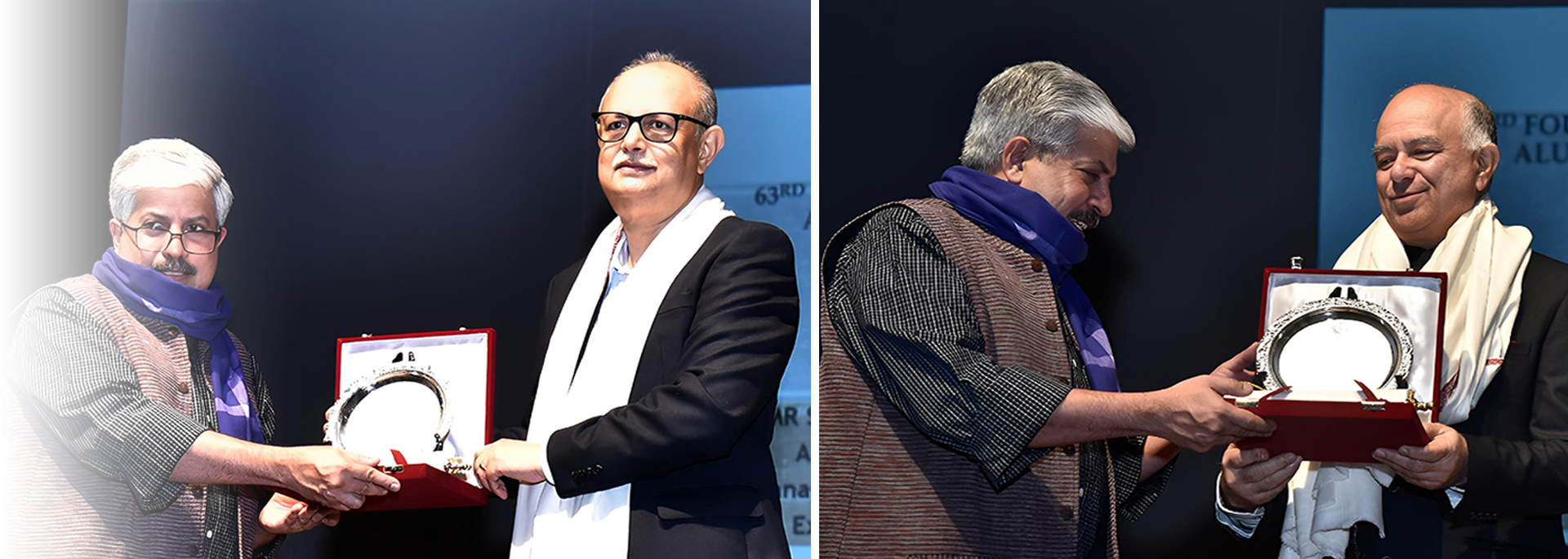Many of my friends outside academia express surprise when I tell them that the Indian Institutes of Management (IIMs) run strong doctoral programmes in management. Indeed, research in popular perception is envisaged in terms of more visible domains of scientific endeavour—such as space or biological sciences. In contrast, in a field like management, which is part science and part art, academic research can appear esoteric, irrelevant or simply uncool. The abstruse nature of most B-school research publications means that they are usually read only by fellow academics, raising fundamental questions about their purpose, relevance and future direction.
When it comes to business research, American B-schools provide the dominant paradigm. In the US, doctoral programmes, including in business, are typically offered only in bigger, research-focused universities. Admission is competitive, and programmes offered even by lower-ranked B-schools usually meet minimum quality standards. Post-PhD, there is the challenge of finding and then retaining a tenure-track faculty position, with B-schools making faculty tenure/promotion decisions based primarily on an applicant’s research productivity.
The more prestigious the B-school, the greater the focus on research, and the more restrictive the list of journals that are recognised for tenure decisions. Research rankings of B-schools by external agencies (for example, the UT Dallas ranking) also focus heavily on this narrow set of journals, and B-schools fiercely vie with one another to improve their research rank. Faculty pay and prestige among peers depend mainly on their research output, and star professors are in high demand globally.
Yet, truth be told, the near-universalistic American model is not without some obvious demerits. While few can argue about the rigour of publishing in top-tier US journals, it is difficult to publish consistently in them unless one has access to specialised datasets and is part of a tightly-coupled network of scholarly connections. Papers must conform to certain structural norms and speak to some common discourse in the area of contribution. Sophisticated analysis is preferred just for its own sake, specious research topics are often chosen considering publication potential and data availability, and results from various studies on the same relationship often end up all over the map.
In addition, because B-school rankings and faculty careers are so inextricably linked to research, researchers may have the urge to ‘game’ publications, for example by presenting results that work, but not reporting otherwise important findings that detract from the main story. There is also the bigger problem of publishing business research that is relevant. With certain exceptions, business journals are neither read by industry mandarins nor factored in by governments in making policy choices. Indeed, much of what masquerades as scholarly contribution is simply unreadable from a practitioner’s perspective. That is because, unlike in IIMs, many faculty members even in well-known US universities hardly do much executive education or consulting. Although this frees up time for research, it results in publications that are divorced from the realities of the corporate world. In hindsight, publishing in top-tier journals becomes an end in itself, enhancing faculty careers and earning them bragging rights among their peers.
Nonetheless, US business school norms on publication and tenure are pretty much the gold standard globally, and although IIMs have only a loose tenure system (for example, faculty members at IIMs retire at 65 years of age, unlike in the US where faculty members voluntarily decide when to retire, which is usually around 75), there appears to be a strong consensus both among decision-makers within the IIM system and in the government that research is the way to go. As a result, there are ongoing efforts aimed at further strengthening the Fellow Programmes in Management (equivalent to PhD) offered by IIMs, making the process of granting tenure (confirmation) to new faculty more rigorous, and incentivising faculty members via variable pay linked to research productivity. And when it comes to defining what is meant by research, there is a default recognition of the need to move towards the dominant US-led system.
Admittedly, there are certain advantages of focusing on publishing in top US journals. It enhances faculty and institute prestige among the global community of scholars, improves institute rankings, and promotes tighter integration with global business academics as scholars based in India start speaking in the same language.
So, should IIMs inexorably move towards the US research paradigm, warts and all? The answer depends on what we see as the core mandate of IIMs. At a time when research has almost become the buzzword, the first question to ask is whether research—rather than postgraduate teaching, executive training or consulting—should be given pride of place in IIMs? Or should it be a more holistic system that finds equal merit in all of these, with each reinforcing the other? A second question relates to the kind of research IIMs should focus on. If greater international visibility and prestige are what IIMs are looking for, the current move towards global integration is just what the doctor ordered. If, however, their core mandate is seen as doing engaged, actionable, India-focused research that helps the country’s entrepreneurial and industrial development (more in-depth studies on Indian companies, researching India’s start-up ecosystem or the emerging corporate governance landscape, grasping the managerial complexities of India’s vast informal sector, to cite a few examples), then there is a need to institutionally support such plurality in the IIM research ecosystem. This is not to say that such research is currently not done in IIMs, just that their recognition and respectability even within IIMs is lower compared to research that gets published in top journals.
One may argue that these two research categories are not mutually exclusive. While that might be true in theory, in practice it is extremely difficult to reconcile the often-competing demands of these two research models. Thus, IIMs need to ponder whether they should fit research into a straitjacket, and if not, how they can build a research ecosystem that institutionally encourages the pursuit of relevance and plurality.



.png)




